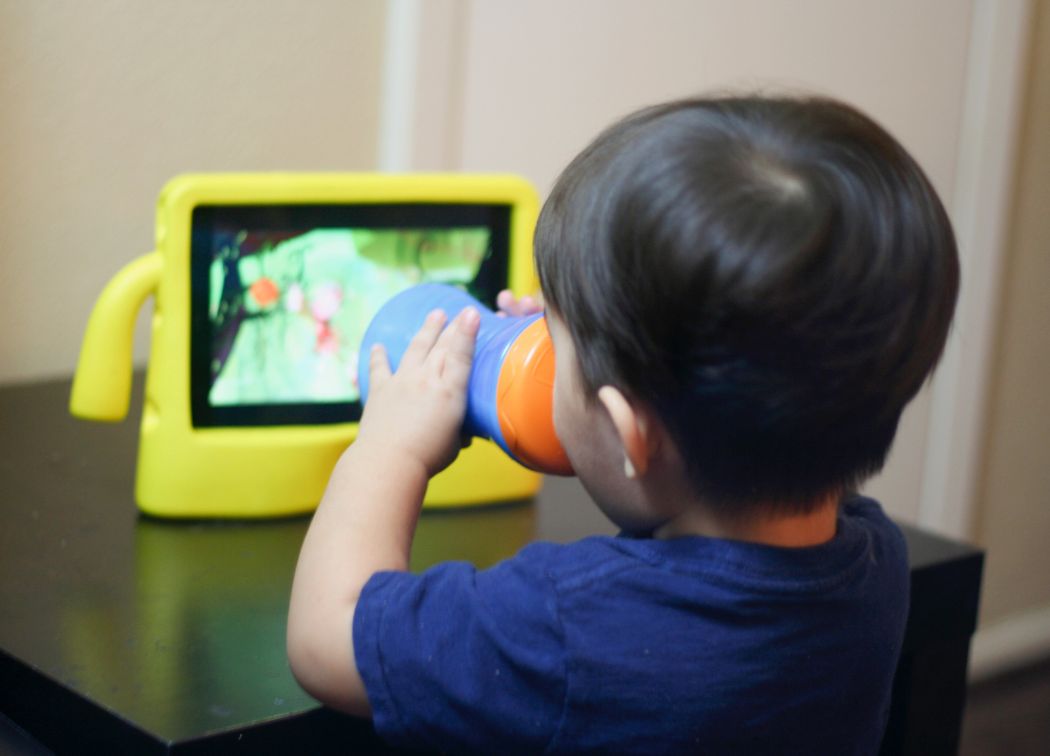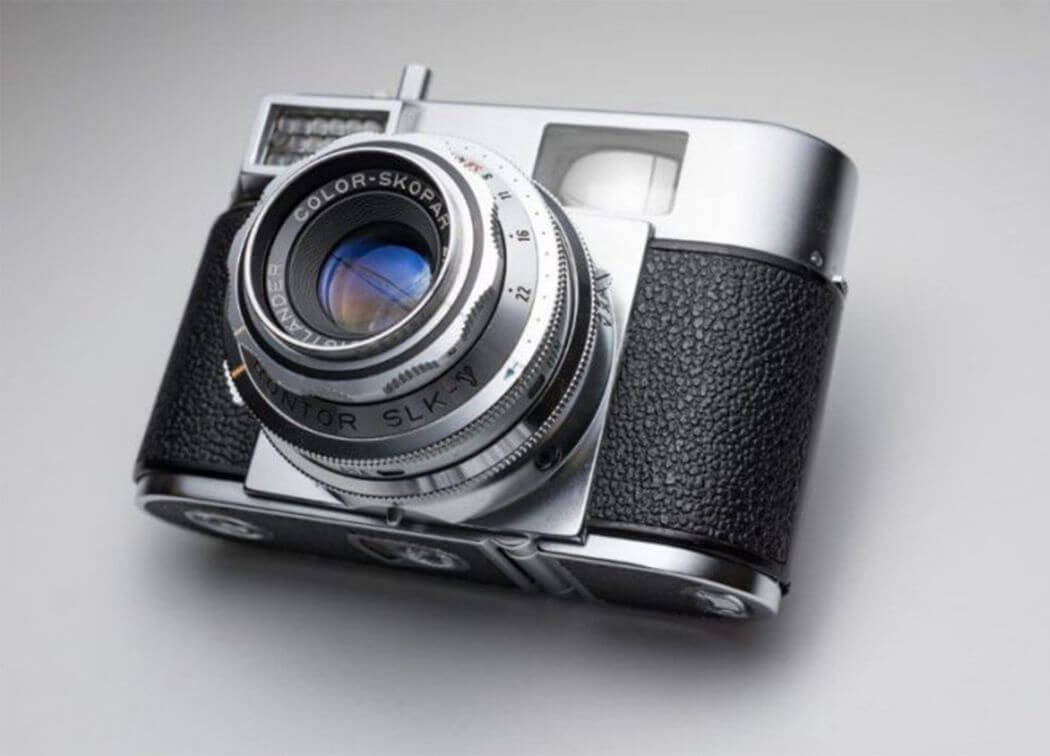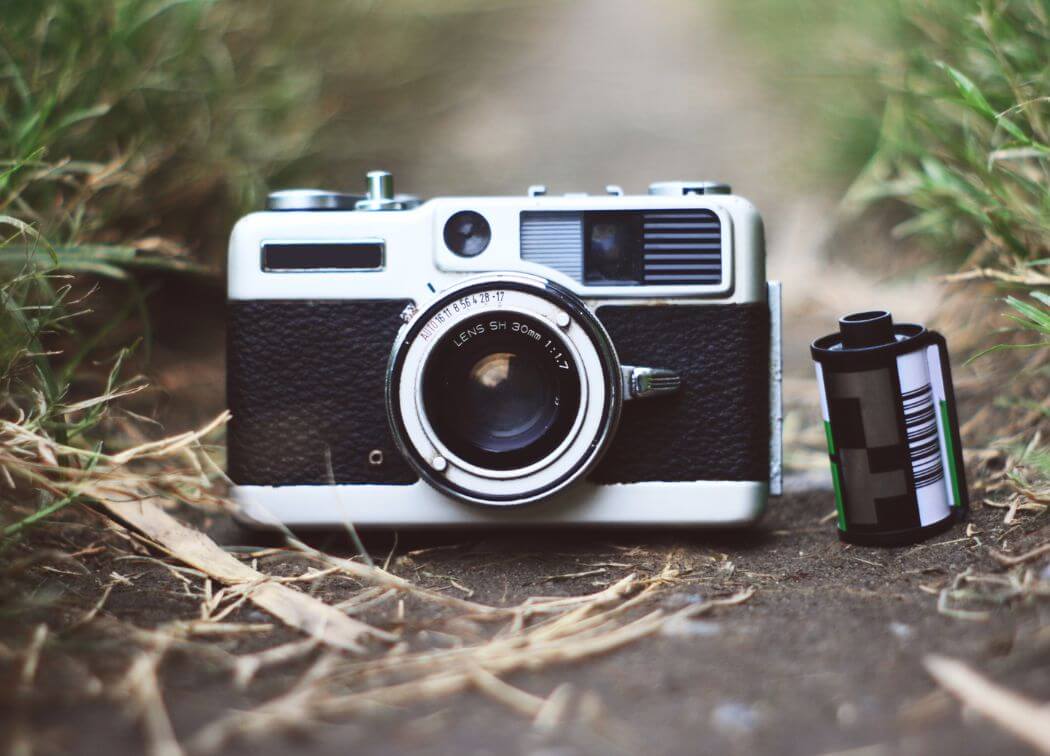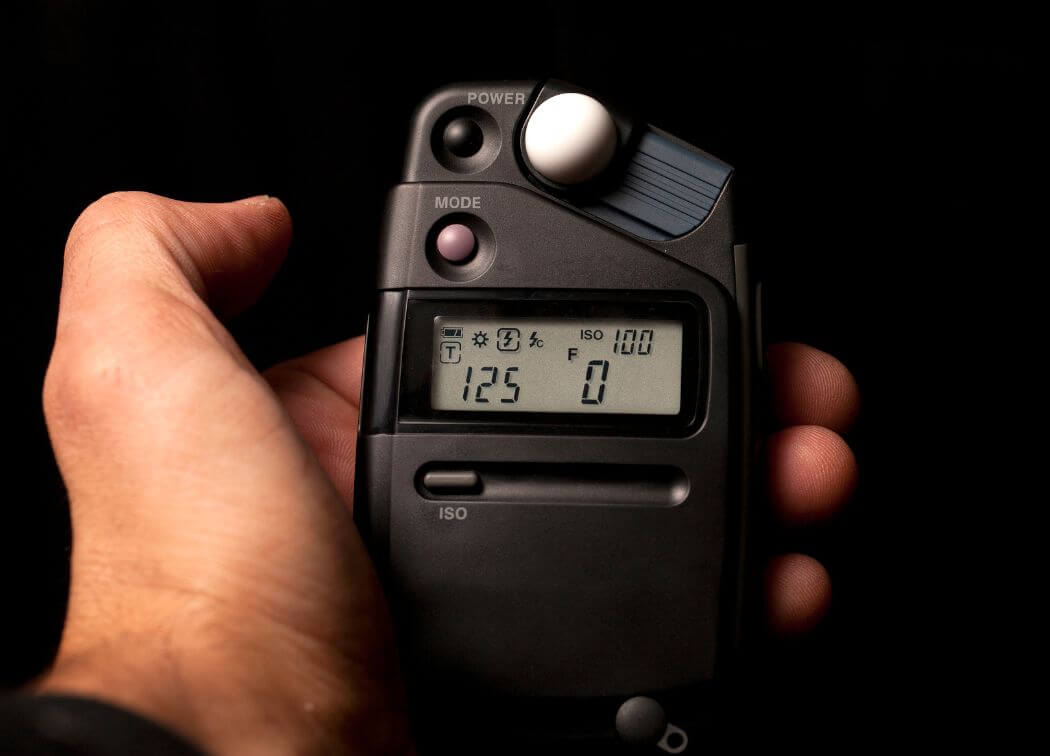Photography is always a great thing either as a hobby or a profession you want to have. Photography is the best way to tell a thousand words without even saying anything.
If you think you cannot shoot good photos because you don’t have a DSLR, think again! Behind a good photograph, the contribution of the photographer’s skill is much more than the camera itself.
You need to have the right skills and know the tips and tricks to capture a great photo. I will get you through the hacks that will help you capture outstanding images even with the Point and shoot you have.
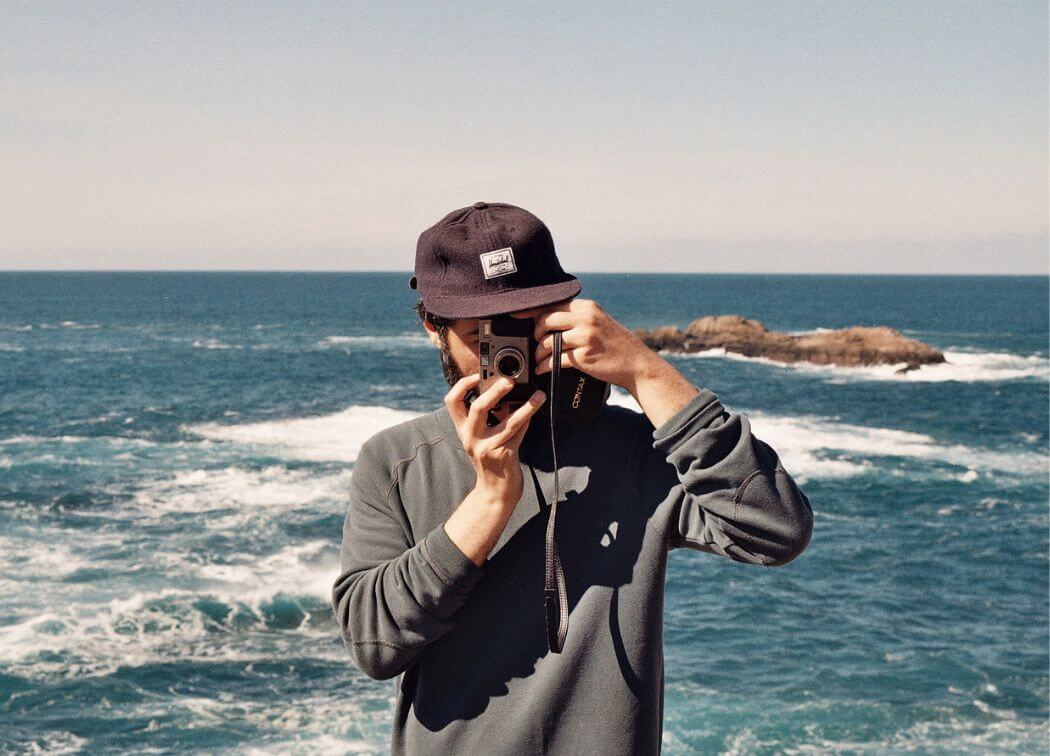
How do you take good pictures with a point and shoot camera?
1. Get the right camera
If you don’t have a camera and planning to buy one, get the right Point and Shoot camera in your budget. Not all the Point and shoot camera will capture RAW images. Make sure you check if the camera you are getting has RAW capture mode. For a better close shoot experience, try to get a camera with a decent amount of optical zoom.
See if the camera has extension options for an external flash unit and microphone port. If you don’t have in-depth knowledge about cameras, you can have a pick at this Point and Shoot camera buying guide. This guide will help you understand the features you should look for while buying a Point and shoot camera.
2. Experiment with the settings
After getting the camera or if you already have one, the first thing you do is experiment with the settings. Professional photographers spend most of their time in their cameras with compositions of different settings. You also should do the same thing to understand how the camera performs with different settings.
There are so many settings to understand, such as ISO, white balance, aperture, focal length, dynamic range, and so on. Every single option plays its role in a good image for the best color composition. Make sure you know them very well before you can expect your camera to perform at its best.
3. Take the same photos with different settings
While experimenting with different compositions in your camera, take the same picture with changes in the settings. The same goes for otherwise, get multiple images with a single setting but different angles.
It will allow you to see your subject from a different perspective. It gives you a better idea of lighting the primary subject from different angles and understand the depth of field. When you take the same photo with different settings, it will produce at least one photo that makes it satisfactory.
You can keep it and remember the settings with the surroundings and angle of light to get the same photo in the first try.
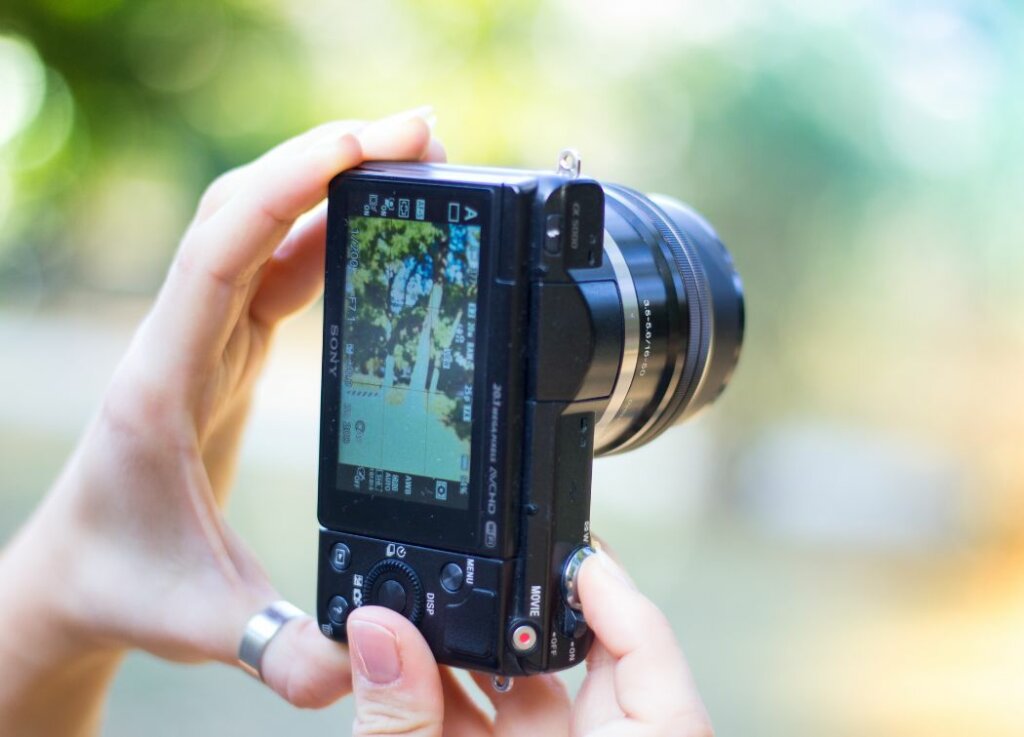
4. Get the right angle and geometry
Understanding the right perspective of your subject from your camera is essential, it’s the geometry of your frame. Never put the person in the middle of the frame as a subject.
Pay attention to the horizons and see if there is a line you can imagine. Use the grid line in your camera to match that line and straighten it by tilting the camera. It will give the frame an instant perfection and a decent look.
Now put your subject in the right place in the frame, use the rule of thirds in this part. Leave two-third of your frame for your background and maintain the golden ratio to put the subject in the right position.
5. Use the light source wisely
When you point the camera at your subject, the camera automatically detects the dominant light source. Make sure there is no intense light behind the subject that can defocus the subject.
If the sun is in the background, make sure you custom fix the focus on the subject, it’s called metering. Only a different angle from the background light can give you an incredible landscape with your subject.
It’s not necessary to have your subject crisp and blur out everything else, especially if you are on a trip. Use longer shutter speed to get an outstanding bokeh, but your subject and your hand have to be very steady in that case.
6. Know when to use the flash
Every Point and shoot comes with a built-in flash on the camera, and it’s important to know when to turn it off. The general idea here is, always keep the flash off, unless the situation is too dark and demands a flash. Use natural light as much as possible, but if you are doing indoor photography, you can use external light.
While night time, use external lights like a light stand or turn on all the lights in the room. For outdoor, use the street lights, go where you have some lights, but still try not to use the built-in flashlight. It will burn your photo and lose the detail in it. Turn on the red-eye reduction feature if you still have to use your flash.
7. Use the zoom correctly
The zoom function in a camera brings a lot of potentials for you to shoot great close and long shots. The rule of thumb here is, never use the digital zoom, use the optical zoom instead. Digital zoom reduces the details of your photo, and optical zoom magnifies the photo without losing the detail and quality.
If you want to do macro photography with a point and shoot, the optical zoom option helps you with that. Some cameras have an insane amount of magnification, like 30x or more, to magnify the frame for a long distance.
8. Use a tripod and stabilize the camera
It’s good to use a tripod or a stable ground to hold on your camera steadily in general. However, you must use it for your camera in two situations.
When you zoom in too much and when you are using long shutter speed. In both cases, the camera becomes prone to shake. Even a little shake to the camera or the subject will blur it out.
Bottom line
Whenever you get your hands on a camera and capturing the memory, you wait to regret it later if you don’t know how to shoot. If you know the basics as mentioned earlier and Know the depth of field and your Low dynamic range, it’s not the same case!
You will be able to capture the moment right on time, and you will thank yourself for the investment you’ve made on the camera.


